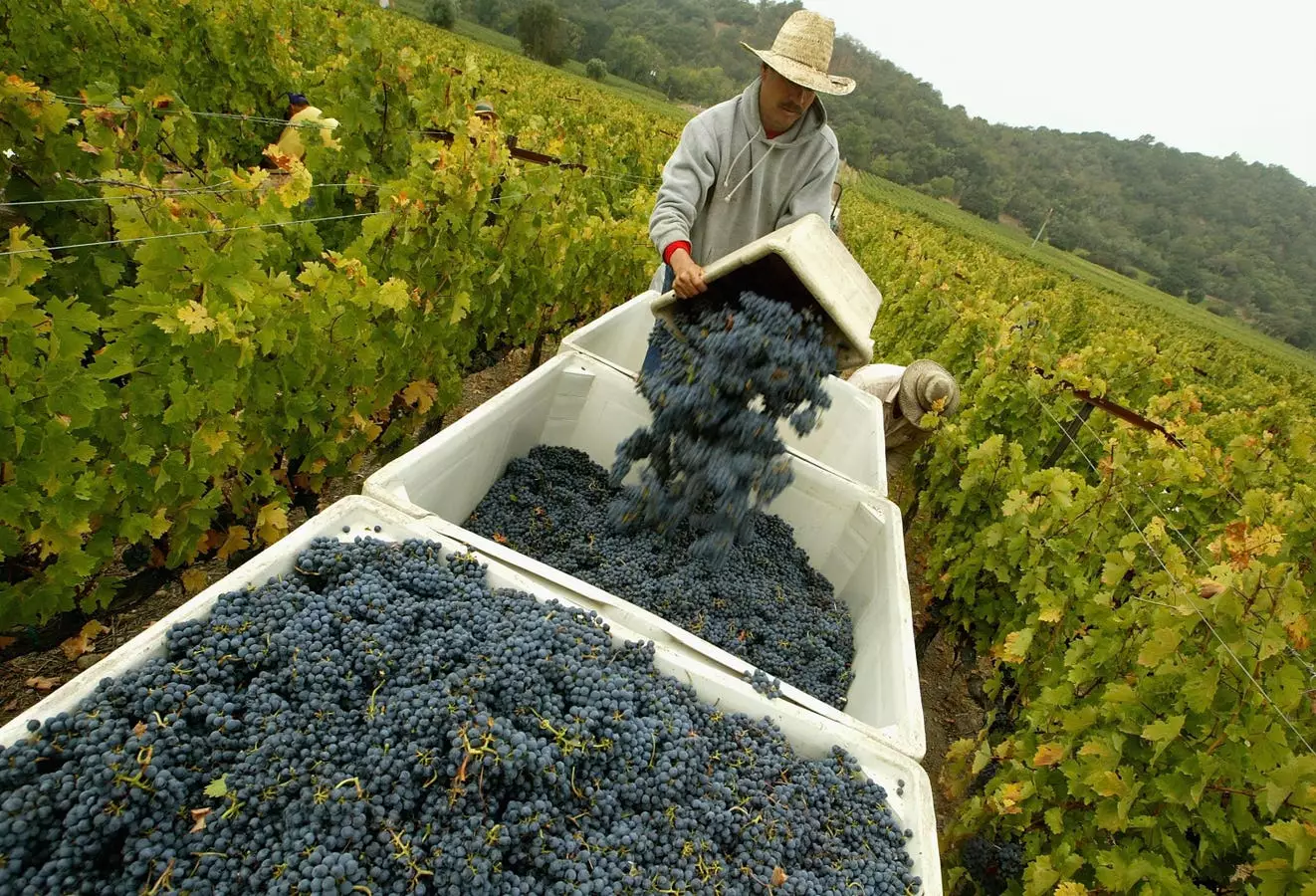The U.S. wine industry, known for its rich heritage and diverse offerings, has recently faced significant challenges and transformations, as underscored in the *State of the U.S. Wine Industry* report released last week. Authored by Rob McMillan from Silicon Valley Bank, this edition, now in its 24th year, serves as a crucial indicator for stakeholders seeking to navigate the complexities of the market.
One of the most striking revelations of the report is the stagnation of growth within the U.S. wine market, which has plateaued at a concerning zero percent. This stagnation stems from various interlinked factors, chiefly the shifting demographics and preferences of younger consumers. Millennials and Gen Z are increasingly drifting away from traditional wine consumption, often opting for low or no-alcohol alternatives. This trend is not only reshaping the consumer base but also hinting at a potential decline in the longstanding reliance on older generations, who are both sipping less and passing away.
In addition to these demographic shifts, there are geographical disparities impacting wine production. Certain regions have been overplanted, leading to a surplus that threatens the equilibrium between supply and demand. McMillan forecasts that this overproduction will lead to ongoing market corrections and adjustments within the sector up until at least 2026.
What’s critical moving forward is the industry’s capacity to adapt its strategies to attract the elusive 30-45 year age group. McMillan’s assertion that “hope is not a strategy” resonates deeply here. As consumption declines among older demographics, a concrete plan must be instituted. This includes redefining marketing strategies, repositioning products, and differentiating offerings to break through the increasingly crowded beverage landscape.
Although the wine sector must navigate its immediate challenges, McMillan is optimistic about the potential for a more refined and resilient industry. He indicates that incumbent brands must not only adjust their pricing strategies but may also consider shipping incentives to entice consumers. For bargain hunters, this moment could represent a golden era of value in wine purchasing—a significant departure from previous years where premium prices dominated the market.
One emergent theme in the report is the scrutiny of price points as producers seek to manage inventory levels amid oversupply. With an estimated 3.2 million tons of grapes projected to be crushed in California—representing its smallest yield since 2008—there’s an urgent need for pricing adjustments. Producers may turn to innovative selling methods, such as flash sales, private-label offerings, or new wholesaling strategies to rejuvenate their sales processes.
Moreover, the possibility of increased tariffs on imported wines under the recent shifts in U.S. trade policy could stimulate domestic production. Should larger importers pivot from foreign bulk wines to local alternatives, this could simultaneously bolster U.S. wine sales and reduce excessive inventory strains.
As McMillan pooled data regarding industry sentiment, a stark picture of apprehension emerged. The Michigan Consumer Sentiment Index reveals a decade-low sentiment in the wine sector, with nearly a third of industry participants reporting disappointing experiences in 2024. California’s Central Valley, the heart of American wine production, led the charge in pessimism, with a staggering 73% expressing dissatisfaction with the current state of affairs.
Despite the gloom, pockets of optimism remain. For instance, winery owners who have cultivated a strong brand identity over the years exhibit resilience that bodes well for the future. Interestingly, while only 32% of wineries classified their financial health as “good,” a healthy number still acknowledged having robust foundations after years of brand nurturing. This understanding suggests that the industry is not wholly devoid of hope; rather, it reflects an innate ability to adapt, fortify, and ultimately flourish in challenging times.
The *State of the U.S. Wine Industry* report underscores a pivotal period in which the industry must come to grips with evolving consumer expectations and market realities. While challenges abound—such as shifting demographics, overproduction, and dampened industry sentiment—there lies an opportunity for rejuvenation. By adopting innovative marketing strategies, refining pricing tactics, and leveraging domestic production advantages, the wine industry can not only survive but potentially thrive in a new landscape of consumer preferences. Embracing this change is critical to ensuring that the U.S. wine market remains vibrant, relevant, and accessible to all consumers.


Leave a Reply